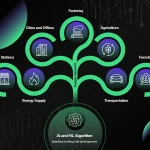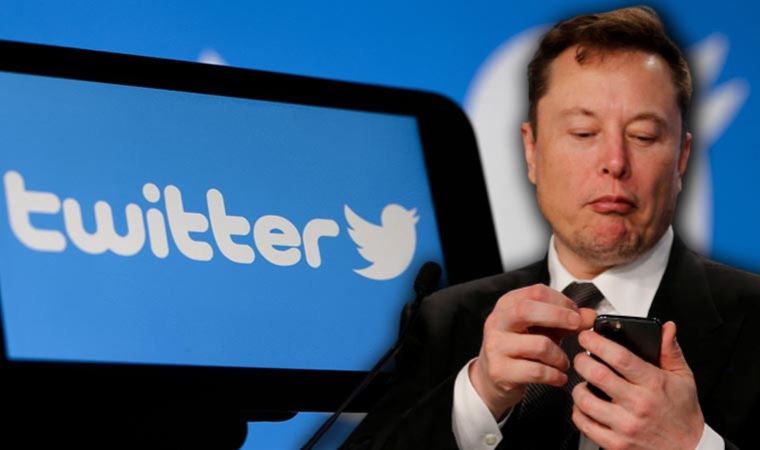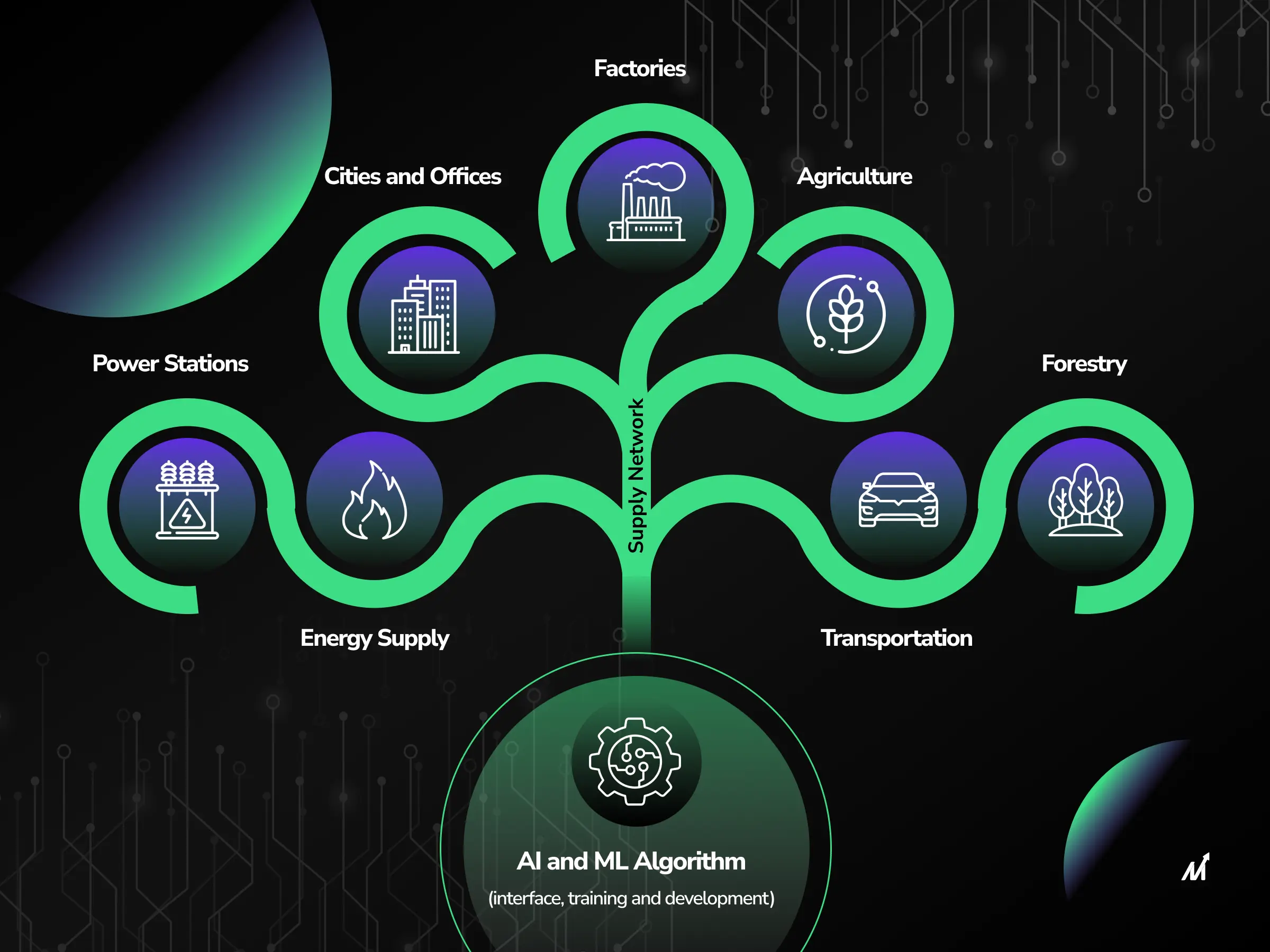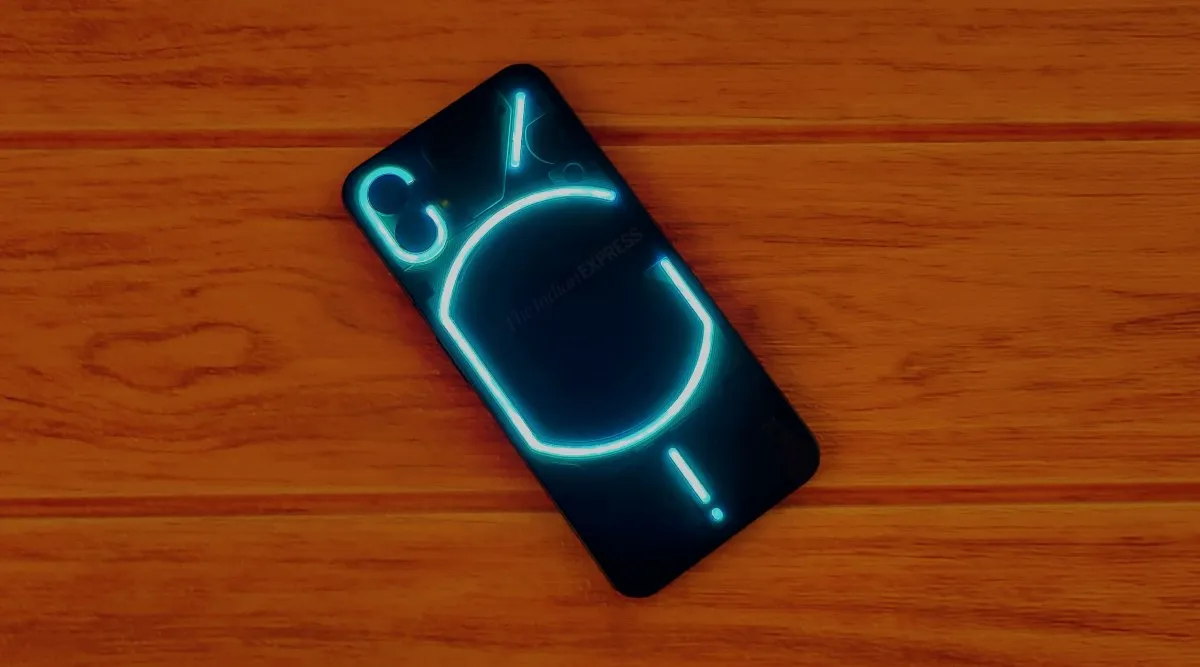In an effort to revolutionize the structure of Twitter, Elon Musk has unveiled a strategic plan that aims to bring about significant changes to the platform. With a focus on generating more revenue, reducing reliance on advertising, and expanding the user base, Musk’s vision for Twitter includes introducing a payments business, potentially charging for user verification, and even resurrecting Vine. Furthermore, he plans to establish a content moderation council to review banned accounts and is considering the introduction of a new ad-free product called X Subscribers. This article will delve into Musk’s ambitious plans for reshaping Twitter and the potential impact it may have on the social media landscape.
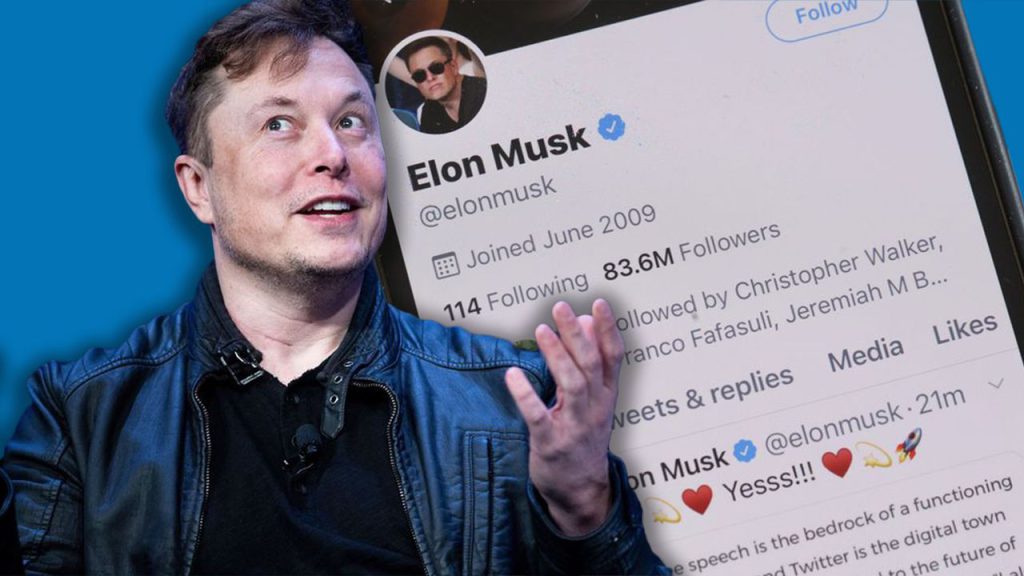
Elon Musk’s Vision for Twitter
Introduction to Elon Musk’s strategic plan for Twitter
Elon Musk’s acquisition of Twitter has resulted in significant changes to the platform, including job cuts, executive clearouts, and potential changes to the verification process. Musk has also proposed the creation of a content moderation council to review banned accounts, as well as the idea of splitting Twitter into different strands of content. He has also hinted at the possibility of bringing back Vine and charging for video content, all while trying to placate advertisers to prevent an exodus. Overall, Musk’s vision for Twitter involves a widespread overhaul of the platform, with a focus on cost-cutting, revenue generation, and changes to user experience.
Overview of Musk’s goals for changing the structure of Twitter
Restructuring the Workforce and Leadership
Elon Musk’s strategic plan for Twitter involves a comprehensive restructuring of the platform, with significant changes to the workforce and leadership, as well as potential alterations to user verification and content moderation. Musk’s approach has been characterized by unpredictability, as he seeks to implement changes such as the creation of a content moderation council and the introduction of a premium service, Twitter Blue. Additionally, Musk has considered bringing back Vine, charging for video content, and involving his team of software engineers and specialists from Tesla in the overhaul process. Despite these ambitious plans, Musk faces the challenge of retaining advertisers and preventing an exodus, as their support is crucial to Twitter’s revenue. Overall, Musk’s vision for Twitter encompasses a wide range of changes aimed at enhancing user experience and generating new sources of income.
Financial Growth and Diversification
Elon Musk’s vision for Twitter is ambitious and far-reaching, as outlined in a recent pitch deck he presented to investors. Musk aims to quintuple Twitter’s revenue to $26.4 billion by 2028, reducing the company’s reliance on advertising to less than 50% of revenue and introducing new revenue streams such as a payments business. He also plans to increase the average revenue per user and reach 931 million users by 2028, with the introduction of a new product called X. Additionally, Musk anticipates hiring 3,600 employees and raising free cash flow to $9.4 billion, despite adding $13 billion in debt as part of his buyout plan. Overall, Musk’s strategic plan for Twitter is focused on significant financial growth and diversification, as well as expanding the user base and introducing new products and services.
Reshaping Structure and Operations
Elon Musk’s goals for changing the structure of Twitter are outlined in a detailed pitch deck distributed to investors, revealing a comprehensive plan for the company’s future. Musk’s strategy includes reducing Twitter’s reliance on advertising, increasing revenue from subscriptions and new business ventures, and significantly growing the user base. With a focus on financial targets, Musk aims to raise Twitter’s revenue to $26.4 billion by 2028, while also increasing average revenue per user and reaching 931 million users. Furthermore, Musk plans to introduce a new product called X, which is projected to have 104 million subscribers by 2028. In addition to these financial goals, Musk also anticipates hiring thousands of employees and increasing free cash flow to $9.4 billion, demonstrating his commitment to reshaping Twitter’s structure and operations for long-term success.
Monetization Strategy
Elon Musk’s plan to change how Twitter is structured includes a comprehensive monetization strategy aimed at reducing the platform’s reliance on advertising and introducing new revenue streams.
Reducing Reliance on Advertising
Musk aims to decrease advertising’s contribution to total revenue to less than 50% by 2028, down from around 90% in 2020. This will involve a significant shift in the platform’s business model, with the goal of generating more revenue from alternative sources.
Introducing a Payments Business
In addition to reducing reliance on advertising, Musk plans to introduce a payments business on Twitter. The goal is to generate $15 million from this new venture in 2023, with a projected growth to about $1.3 billion by 2028. This new revenue stream will help diversify Twitter’s income sources and reduce its dependence on advertising.
Potential Charges for User Verification
Musk is also exploring the option of charging for user verification on Twitter. This could potentially add a new revenue stream for the platform, although it may also impact user experience and engagement. The implementation of this strategy will require careful consideration to balance revenue generation with user satisfaction.
Exploring Options for Charging for Video Content
Another aspect of Musk’s monetization strategy involves exploring options for charging for video content on Twitter. While this presents an opportunity to increase revenue, it also poses a risk in terms of user engagement and competition with other platforms. Musk will need to carefully assess the feasibility and impact of this strategy on Twitter’s overall user experience.
Expansion and User Base

Increasing average revenue per user
Elon Musk’s strategic approach to Twitter’s restructuring post-acquisition includes a focus on increasing the average revenue per user. This is evident in his plans to introduce a premium service, Twitter Blue, which may involve charging for verification. By implementing such measures, Musk aims to enhance the value proposition for users, thereby increasing the average revenue generated from each user.
Expanding the user base
Musk’s vision for Twitter involves significant growth in the user base, with a target of reaching 931 million users by 2028. To achieve this, Musk aims to make Twitter more appealing to a broader audience through the reintroduction of Vine, as well as the potential launch of a new product, X. These initiatives are designed to attract new users and drive the platform’s growth.
Bringing back Vine to attract new users
One of the key strategies in Musk’s plan for Twitter is the reintroduction of Vine, a popular short-form video platform that was discontinued in 2017. Musk believes that bringing back Vine will not only attract new users to the platform but also contribute to diversifying Twitter’s content offerings, making it more appealing to a wider audience.
Content Moderation and Review
Elon Musk’s recent acquisition of Twitter has brought about significant changes to the platform, particularly in the area of content moderation and review. Musk’s approach to these aspects reflects a comprehensive effort to revamp the platform and introduce new features, while also addressing the need to retain advertiser confidence amidst these changes.
Establishing a content moderation council
Musk’s establishment of a content moderation council signifies a dedication to upholding and potentially revising existing content policies on the platform. It also demonstrates his intention to introduce fair and transparent moderation practices, especially in the oversight of account reinstatements. However, concerns have been raised among advertisers regarding the implications of Musk’s overhaul, with some choosing to suspend advertising on Twitter until the impact becomes clearer.
Reviewing banned accounts
Musk’s initiatives also encompass potential changes to the platform’s verification process, the introduction of a premium service, and the involvement of Tesla coders in the platform’s development. These changes have raised concerns among advertisers, with some pausing their advertising on Twitter until the implications of Musk’s overhaul become clearer.
Impact of Musk’s approach to content moderation
Elon Musk’s plans for Twitter include a significant overhaul of the platform’s revenue sources and user base. His strategy involves a shift in revenue streams, with a focus on reducing the platform’s reliance on advertising and increasing revenue from subscriptions and other sources. Musk’s ambitious vision for the future of Twitter reflects his efforts to reshape the platform’s business model and user experience.
New Product Introduction
Introduction of ad-free product X Subscribers
Elon Musk’s takeover of Twitter has resulted in significant changes, including job cuts, executive clearouts, and potential changes to the platform’s verification process and content moderation. Musk has already initiated a content moderation council to review banned accounts and is considering charging users for verification. Additionally, he has hinted at the possibility of splitting Twitter into different strands of content and bringing back the app Vine. Musk’s approach to managing Twitter has raised concerns among advertisers, with some pausing their advertising on the platform, highlighting the potential impact on user experience and revenue.
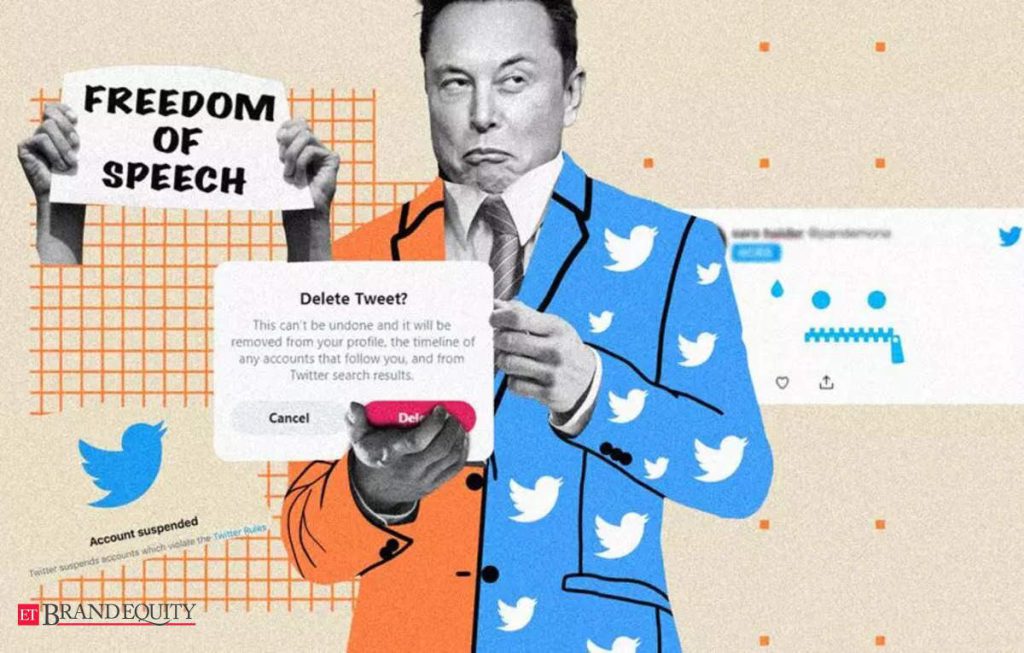
Potential impact on user experience and revenue
The changes implemented by Elon Musk at Twitter have been drastic and far-reaching, with job cuts, executive clearouts, and potential changes to the platform’s verification process. Musk’s consideration of charging users for verification and the possibility of splitting Twitter into different strands of content, as well as bringing back the app Vine, indicate a significant shift in the platform’s direction. Additionally, the concerns raised by advertisers, with some pausing their advertising on the platform, underscore the potential impact on user experience and revenue. Musk’s unpredictable approach to managing Twitter since acquiring it has raised questions about the future of the platform and the implications of these changes on its user base and financial performance.
Elon Musk’s Financial Targets for Twitter
Elon Musk’s pitch deck for Twitter outlines ambitious financial targets, including a quintupling of revenue to $26.4 billion by 2028 and a decrease in advertising reliance to less than 50 percent of total revenue. The introduction of a new product, X Subscribers, is projected to have 104 million users by 2028, potentially offering an ad-free experience. This aligns with Musk’s goal to increase average revenue per user and reach 931 million users by 2028, with most of the growth coming from ad-supported business and Twitter Blue subscribers. The pitch also includes plans to increase the payments business revenue and raise free cash flow to $9.4 billion, showing Musk’s intention to diversify Twitter’s revenue streams and reduce its reliance on advertising.
Potential Impact of New Product on User Experience and Revenue
The potential impact of these plans on user experience and revenue is significant. By reducing advertising reliance and introducing a new ad-free product, Musk aims to shift the revenue mix, with advertising generating only 45 percent of total revenue by 2028. This could potentially lead to a more seamless and enjoyable user experience, as users may experience fewer ads on the platform. Additionally, the increase in average revenue per user and the introduction of new revenue streams through the payments business show Musk’s strategy to boost overall revenue without solely relying on traditional advertising. This shift in revenue sources and user experience could potentially lead to a more sustainable and profitable future for Twitter under Musk’s leadership.
Operational Changes and Buyout Plan
Hiring more employees
Elon Musk’s buyout of Twitter has brought about significant changes to the social media platform, including a reduction of the workforce by 50% and the dissolution of the board and executive clearout. Musk has also indicated a plan to charge users for verification, as well as a potential overhaul of the platform’s premium service, Twitter Blue. Additionally, Musk has promised to convene a content moderation council before making any changes to content policies or reinstating banned accounts, such as Donald Trump’s. In response to Musk’s operational changes, advertisers have expressed concern and some have even paused their advertising on Twitter, including General Mills, General Motors, Audi, and Pfizer. Musk has acknowledged the importance of keeping advertisers onside, as ads account for 90% of the company’s revenue. Despite this, Musk has also floated the idea of charging for video content on the platform, although this plan has been flagged internally as high-risk due to potential legal and compliance issues. Overall, Musk’s buyout and operational changes at Twitter demonstrate a significant shift in the platform’s direction, with potential widespread overhauls and new revenue-generating initiatives.
Raising free cash flow and paying down debt
Elon Musk’s operational changes and buyout plan for Twitter are ambitious and far-reaching, as outlined in the pitch deck he presented to investors. Musk aims to quintuple Twitter’s revenue to $26.4 billion by 2028, reducing its reliance on advertising to less than 50% of total revenue and introducing a payments business that is projected to generate $1.3 billion by 2028. He also plans to increase the average revenue per user to $30.22 in 2028 and reach a total of 931 million users by the same year. Musk’s plan also includes hiring 3,600 employees, raising free cash flow to $9.4 billion by 2028, and paying down the $13 billion debt added as part of the buyout plan. This shows his commitment to ensuring the company’s financial stability and growth in the long term. The plan also includes a shift in revenue sources, with advertising expected to fall to 45% of total revenue and subscriptions and other revenue streams making up the rest.
Involvement of software engineers from Musk’s other companies
One of the key operational changes outlined in Musk’s plan for Twitter is the significant increase in hiring, with the intention to bring on 3,600 new employees by 2025. This represents a substantial increase from the current workforce of around 7,500 employees. Additionally, Musk plans to raise free cash flow to $9.4 billion by 2028, despite adding $13 billion in debt as part of the buyout plan. This shows his commitment to ensuring the company’s financial stability and growth in the long term. The plan also includes a shift in revenue sources, with advertising expected to fall to 45% of total revenue and subscriptions and other revenue streams making up the rest. Another significant aspect of Musk’s plan is the involvement of software engineers from his other companies, indicating his intention to bring in new talent and expertise to drive innovation and growth at Twitter. While the plan includes shedding and then rehiring employees, it also emphasizes the importance of bringing on new talent in engineering, reflecting Musk’s focus on strengthening the technical capabilities and innovation potential of the company. This strategic move aligns with his track record of disrupting industries and driving technological advancements in his other ventures, such as Tesla and SpaceX.
conclusion
In conclusion, Elon Musk’s vision for Twitter involves a comprehensive restructuring plan that encompasses monetization strategies, expansion of the user base, content moderation and review, introduction of new products, and operational changes. His acquisition has already resulted in significant changes to the platform, including job cuts, executive clearouts, and potential changes to the verification process. Musk aims to reduce the platform’s reliance on advertising by introducing new revenue streams and increasing the average revenue per user. His strategic approach also focuses on revamping content moderation and review, introducing new features, and retaining advertiser confidence amidst these changes. The operational changes and buyout plan outlined in Musk’s pitch deck are ambitious and far-reaching, reflecting his determination to transform Twitter’s structure and drive its growth.




